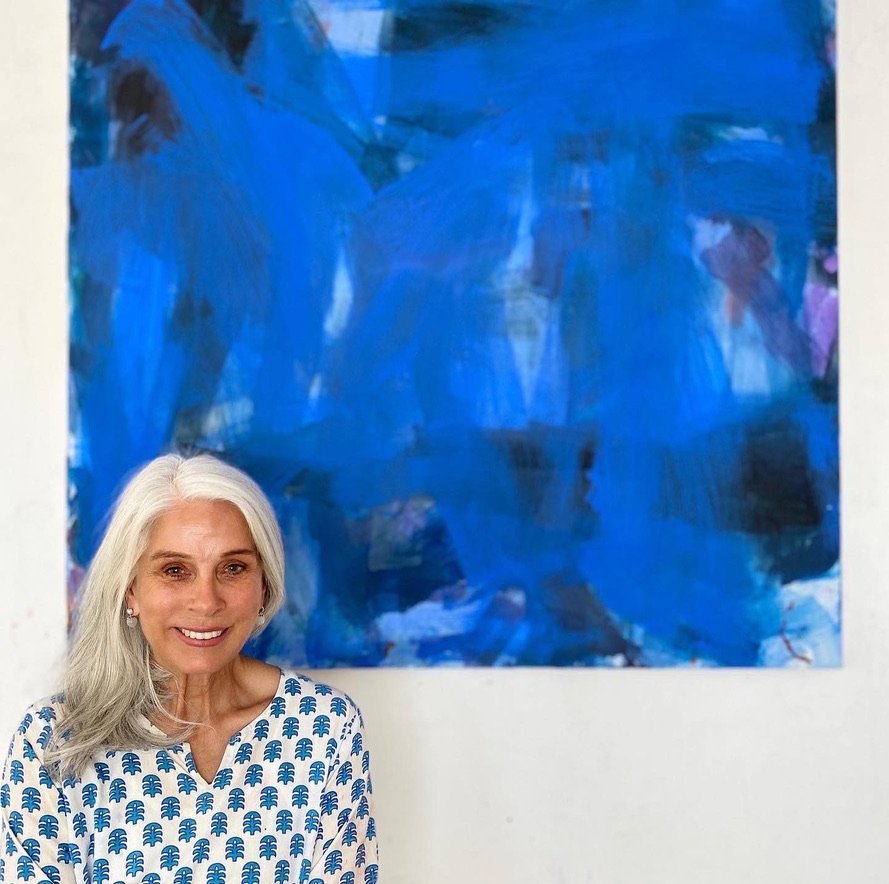Representation of Space in Art
Welcome Art Lovers.
I want these writings to shed light on the technical practices of being an artist and hopefully, thereby take the mystery out of art making. In the following paragraphs I hope to give you some insights into how artists over the centuries have represented space in their work, but first, let me present to you how we may experience intimate spaces in our daily lives from a philosophical point of view.
In his book The Poetics of Space (1) French philosopher Gaston Bachelard (1884-1962) guides the reader through a stream of meditative thoughts on poetry, art, and how to experience these thoughts through the structures of consciousness, which he refers to as phenomenology. He describes how inhabited domestic spaces and other shelters shape our thoughts and perceptions, which influence our memories and dreams, particularly those experienced in childhood. He names this phenomenon, ‘poetic freedom’.
The point the author is making, is that the power of the ‘poetic’ (in this case intimate space) allows us to have experiences and make connections with places and objects as if seeing them for the first time, devoid of any learnt experience.
British sculptor, Dame Rachel Whiteread DBE (1963- ) has made a successful career from her investigation of intimate interior spaces: the voids beneath beds and chairs, inside wardrobes, spaces that go unnoticed. By casting them in various materials, the resulting sculptures she creates become the inverse of the original object; thereby making the invisible visible.
House (1993) is probably her most famous creation. Taking an old dwelling earmarked for demolition in the London Borough of Tower Hamlets, the artist stripped out all the internal structures and filled the cavity with concrete, then removed the outside walls, which left a monolithic structure that was once the internal space. Standing alone in its sparse surroundings, the ghostly structure that was once a family home, eerily emits a sense of loss and abandonment - its reason for being. The house was demolished several weeks later.
Image: John Davis, 1993.
Painters who trained in the workshops of the Old Masters were taught with meticulous detail how to represent space on the flat surface of the canvas. Early Renaissance artists grappled not only with rendering the figure into three dimensions but also, with placing them in the landscape. It was Brunelleschi (1377-1446) and his contemporary Masaccio (1401-1428) who defined the technique of linear perspective which projected the illusion of depth onto a two dimensional plane by using a vanishing point, and thus the transition from the iconography of the gothic period to the full splendour of renaissance art began.
Diagram of Brunelleschi’s experiment in perspective.
The Tribute Money. Masaccio 1425. Brancacci Chapel
It wasn’t until the latter half of the 19th century that these strict practices began to be picked apart, by the French painter Paul Cezanne (1839-1906). He was the first to embrace the flatness of the canvas and this radical new idea not only set his own work apart but also, gave rise to Fauvism and later Cubism led by Picasso and Braque. This radical shift also paved the way for future artists to discover their own interpretation of space on the flat surface of the canvas as the 20th century saw the emergence of young painters who set new trends.
Monte Sainte-Victoire 1902-04, Philadelphia Museum of Art.
Arguably the most radical were the Abstract Expressionists. Jackson Pollack (1912-1956) and Willem de Kooning (1904-1997) used various techniques to create dynamic compositions and space by placing warm hues next to cool, strong tonal values, overlapping shapes and line; and the resulting works were bold and gestural.
De Kooning, Door to the River, 1960, Whitney Museum.
Jackson Pollock, Full Fathom Five, 1947, Image courtesy of MOMA.
Brilliant works of art are truly breath-taking and capture the viewer’s attention beyond a cursory glance. Talented artists make clever use of basic key elements; colour, tone, design and composition; without them the picture will not keep the viewer’s attention.
But in addition to these practical techniques, there is one more important element and that is passion: it’s the fire in the soul that gets the artist in the studio every morning and gives them the drive to find expression for their intangible thoughts and feelings.
(1)The Poetics of Space. By Gaston Bachelard. Beacon Press, 1969.
Daemmerung III, 2022 acrylic on canvas, 122x112cm.







